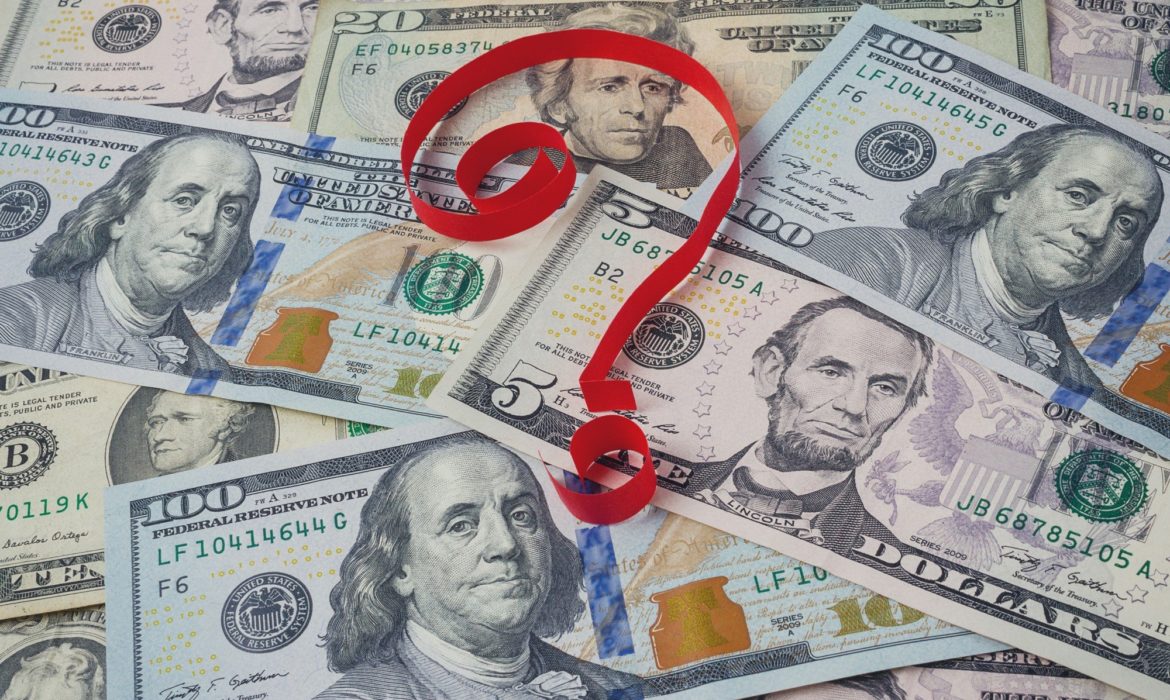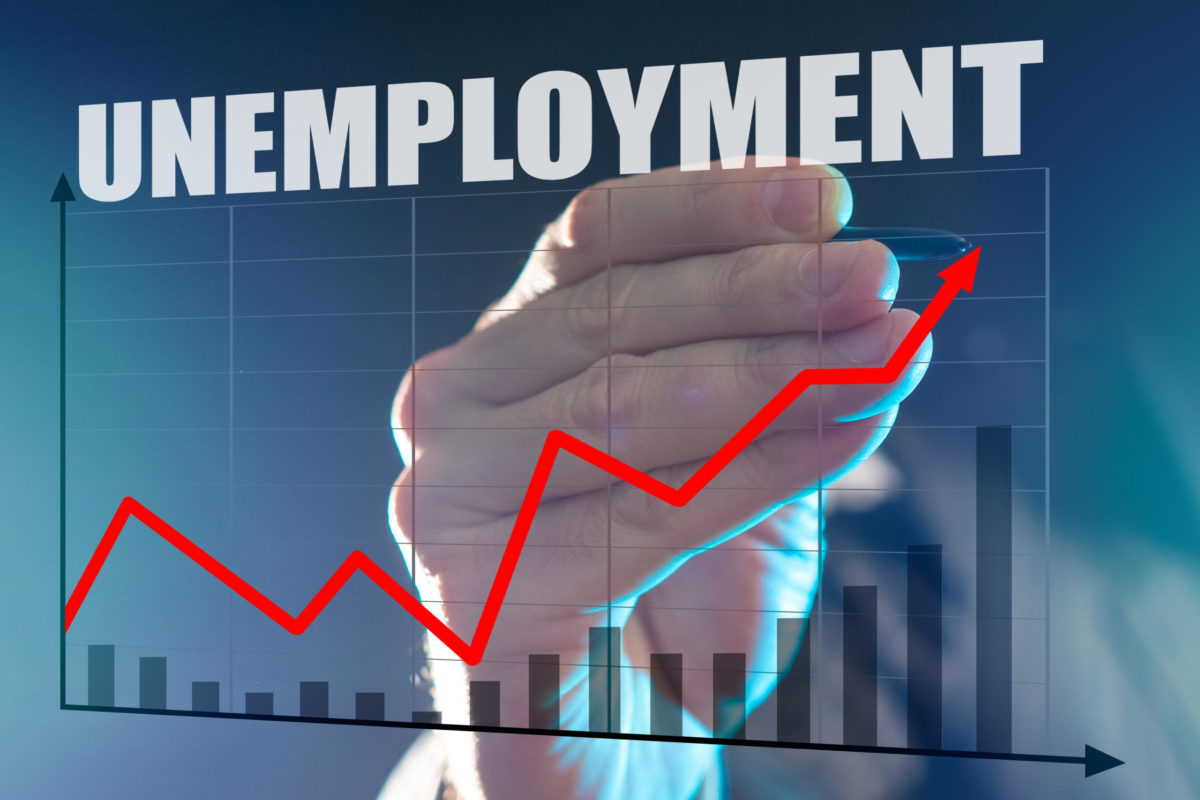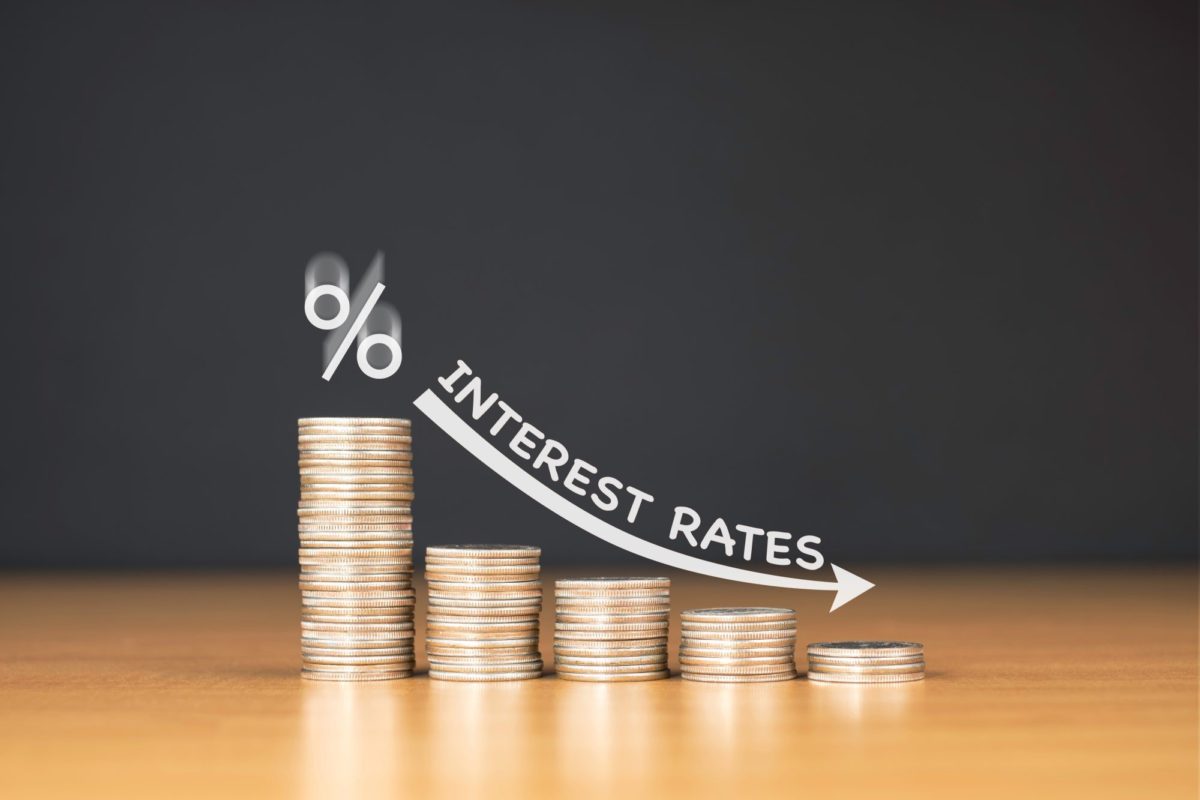A year from now, the United States might have emerged from the economic hole dug amid the pandemic. It could happen with the growth smartly above its previous trend, and output mostly recovered.
Also, it could be struggling to patch a remaining $2 trillion gash to GDP (gross domestic product), with chronic joblessness, growth stuck in low gear, and an ongoing health crisis.
The United States economic forecasting has become a guessing game. It has produced a massive split in predictions. It is because economists from the Federal Reserve to the top Wall Street firms take a stab at unknowable variables like the ability of a fractured Congress to compromise on spending and the path of the pandemic.
Thus, it gave policymakers little solid ground to plan around. Moreover, it left the Federal Reserve reluctant to announce news steps for supporting the economy until it is clearer what is needed and for how long.
This week Federal Reserve officials will meet. Most probably, they will not take policy steps in part because of a very uncertain outlook. It is what Cornerstone Macro analysts said this week. To calibrate in these circumstances is incredibly challenging.
There is an additional challenge. Any rebound in the gross domestic product – the broadest gauge of economic activity – might well not be matched in the job market. Thus, it will leave millions of unemployed Americans with no sense of recovery at all, even if growth outperforms.
Economic Situation
Since the 1990s, jobs have rebounded far more slowly from recessions than gross domestic product. It is because firms retool to wait for form demand to recover before hiring entirely and to use fewer workers. It can take even longer this time for sidelined workers to find a new foothold, between the millions now out of work in vulnerable industries like hospitality and travel and changes in how commerce will go on after the COVID-19.
Currently, the economy is around eleven million jobs below February’s level. Until mid-2014, it took more than four years to recover the eight million jobs lost in the 2007-2009 recession.
Nowadays, recovery is different. Over the past four months, the economy’s addition of more than ten million jobs surprised many policymakers. The 8.4% unemployment rate as of August is already below the 9.3% of median year-end forecasts among Federal Reserve officials.
This week, central bankers must judge whether the pace of improvement will continue. New economic forecasts framed the discussion, and it will release on Wednesday afternoon.
When they issued their last projections in June, there was a veritable chasm dividing them. 2020’s forecasts saw gross domestic product falling as much as ten percent or as little as 4.2%. The gap was ten times as wide as in December 2019. Only half a percentage point separated year-end forecasts between the most pessimistic and most optimistic officials.
The unemployment rate’s year-end forecast ranged from seven percent to fourteen percent. It was several times wider than those common amid the last recession and its immediate aftermath.
That is the current situation of the United States Economy.













